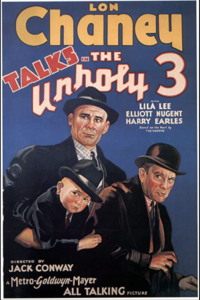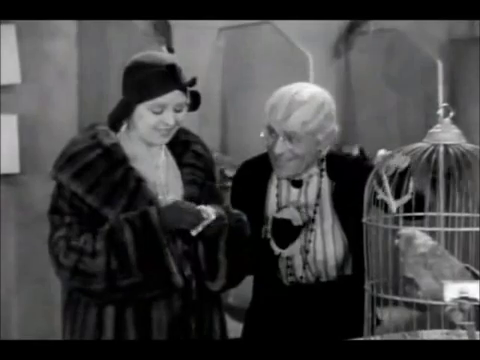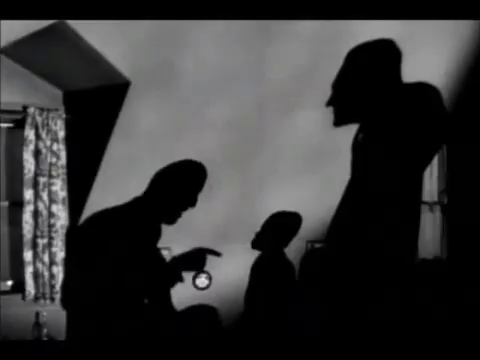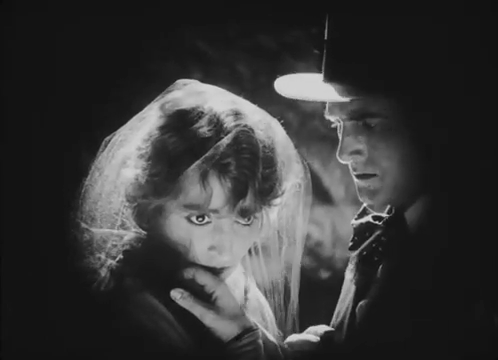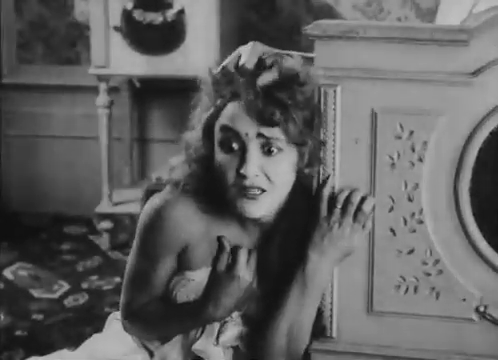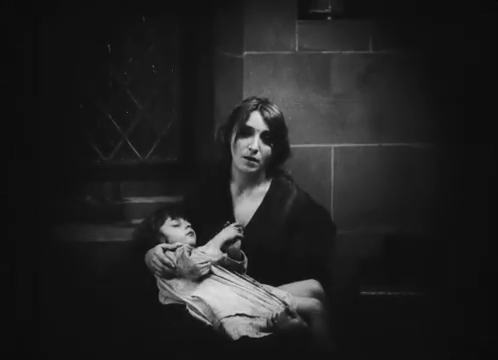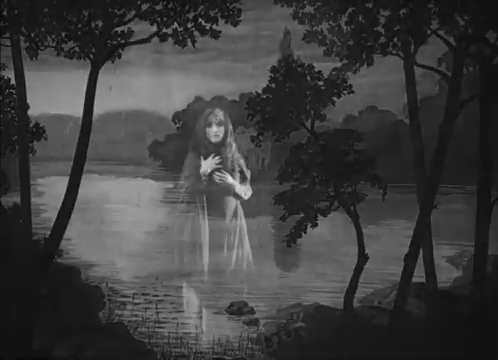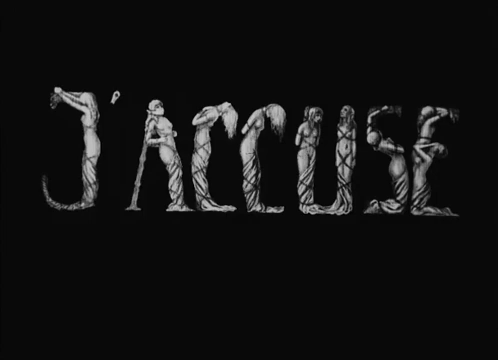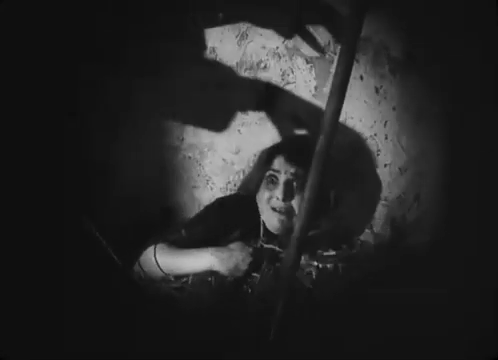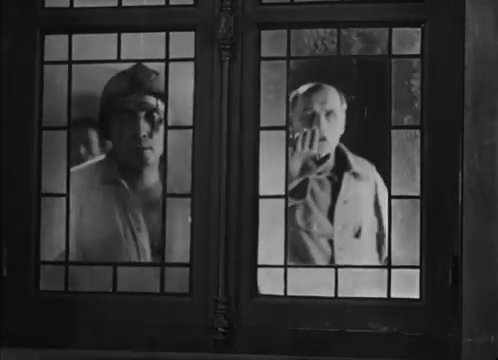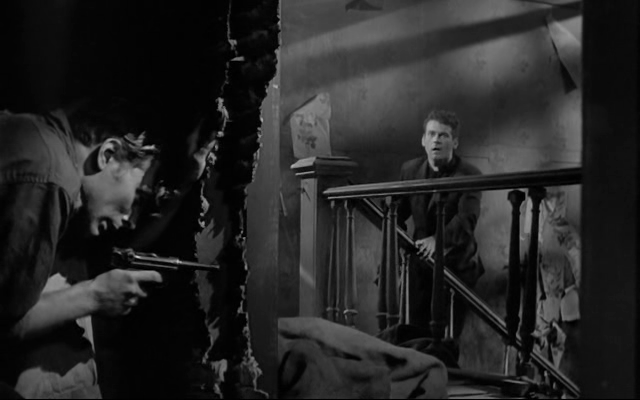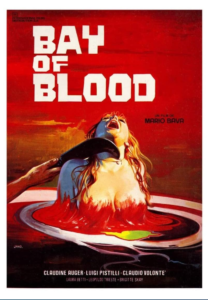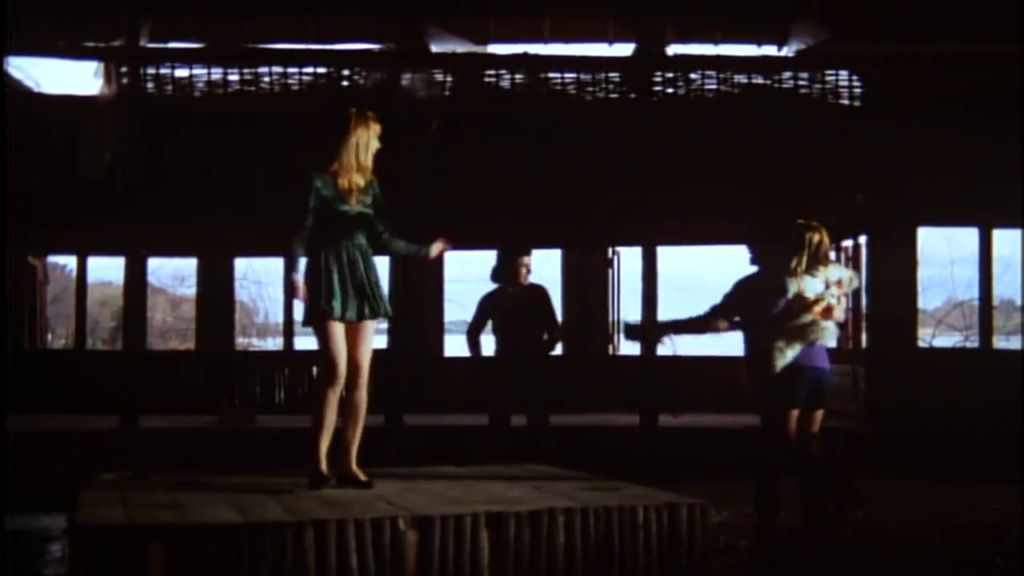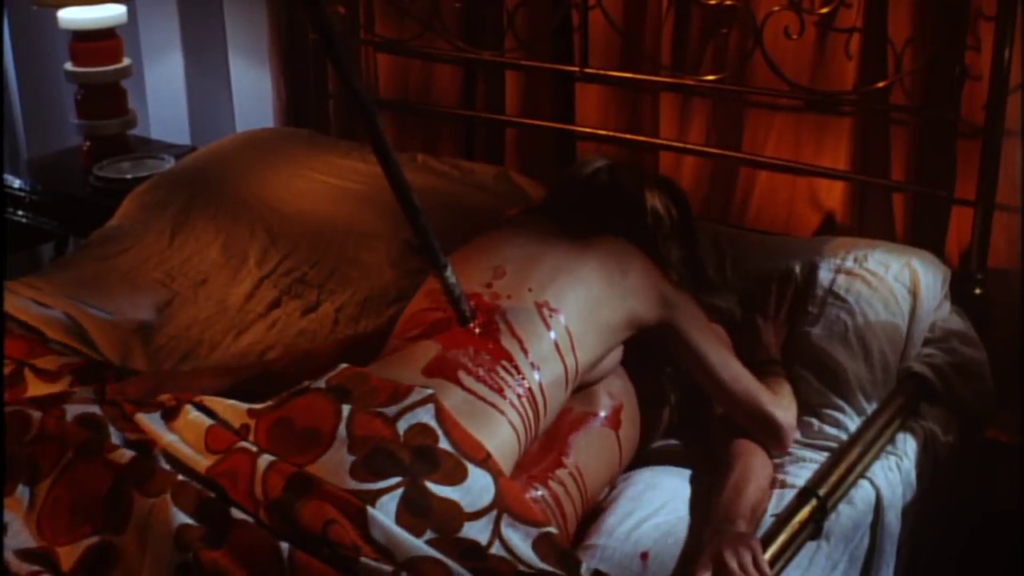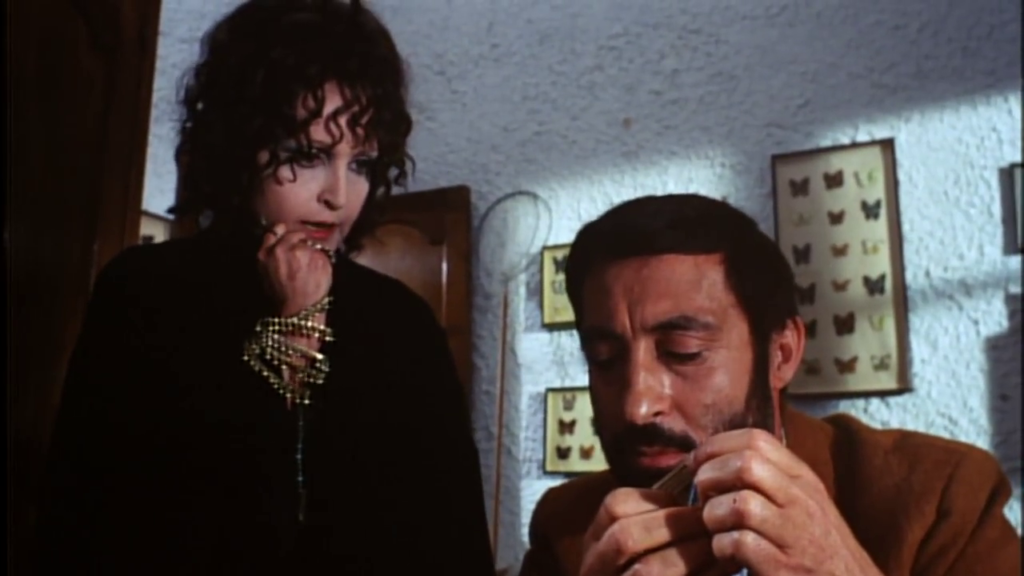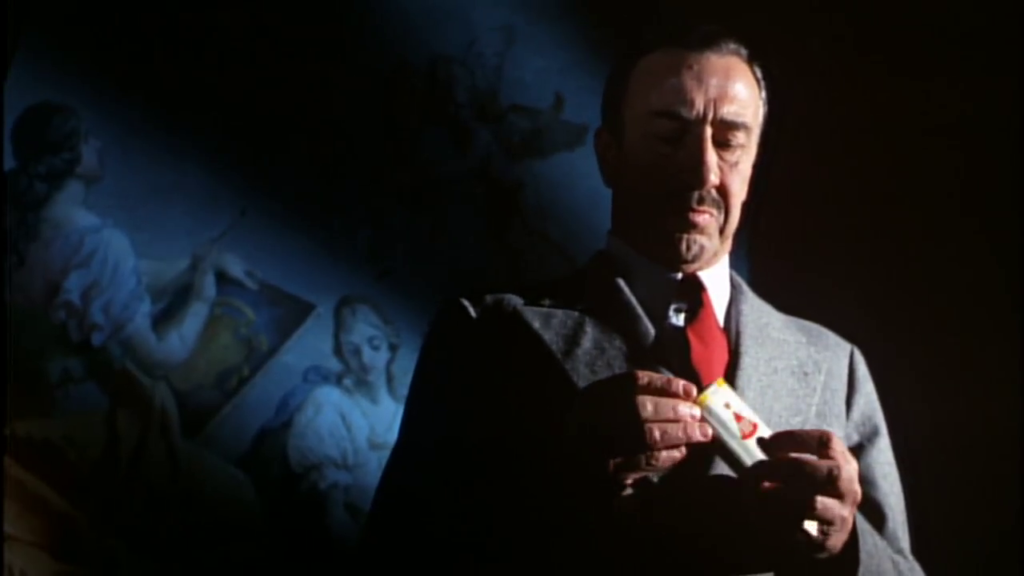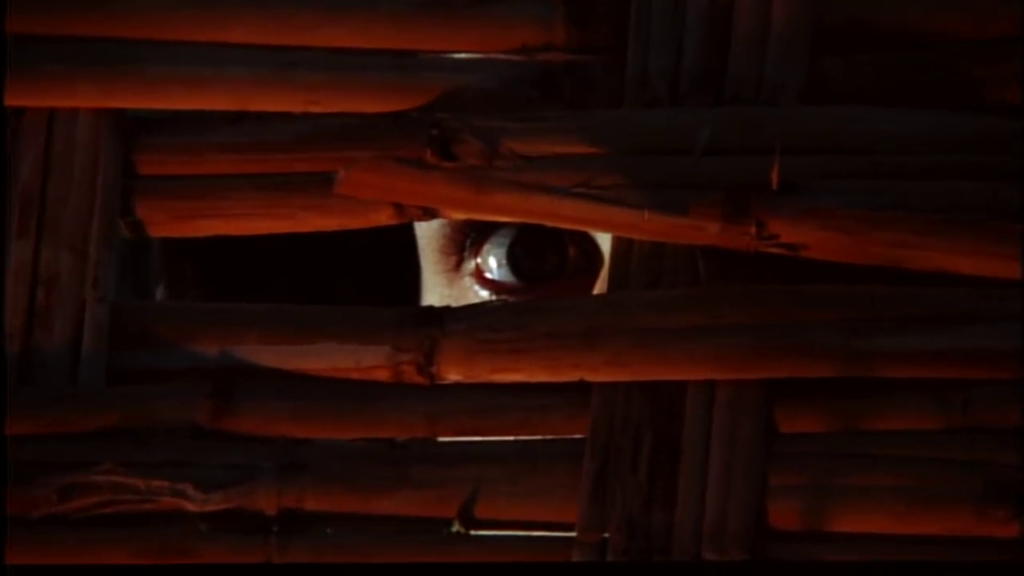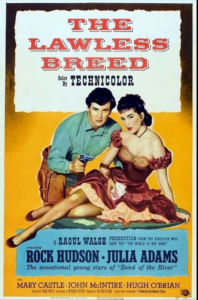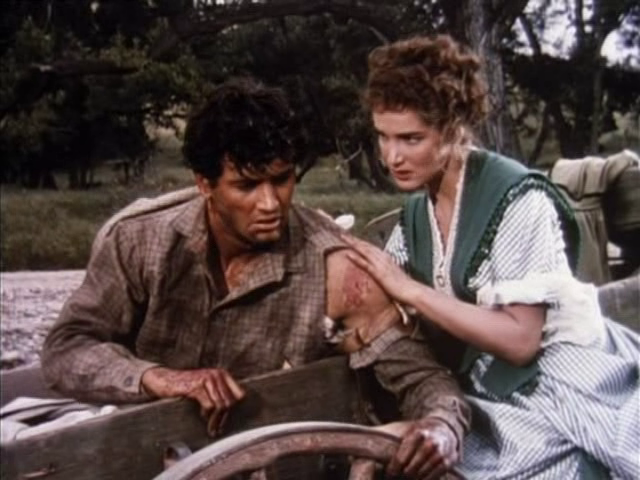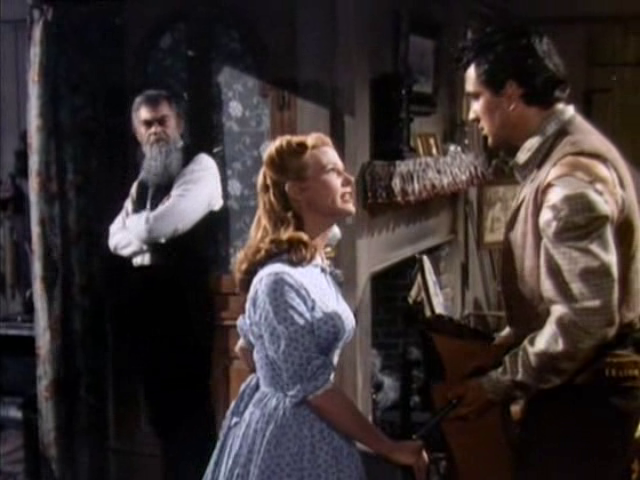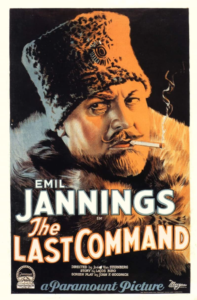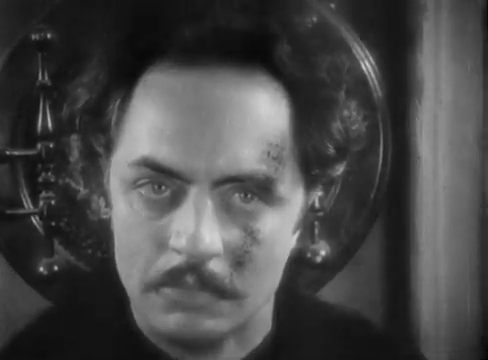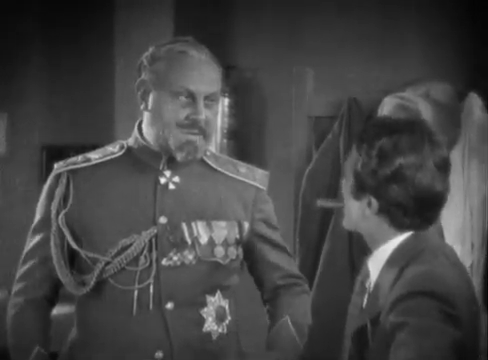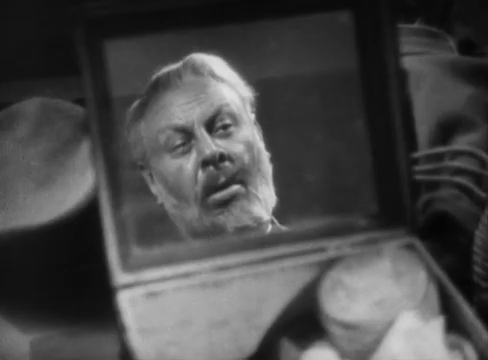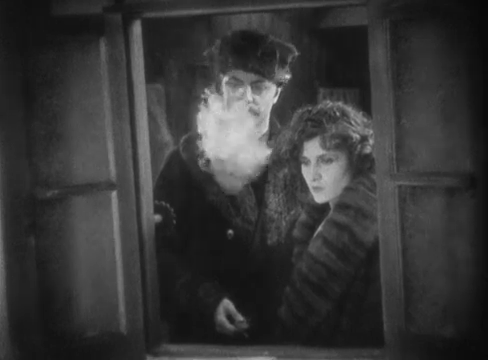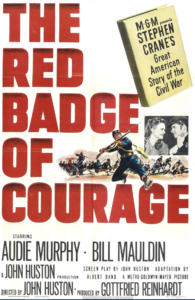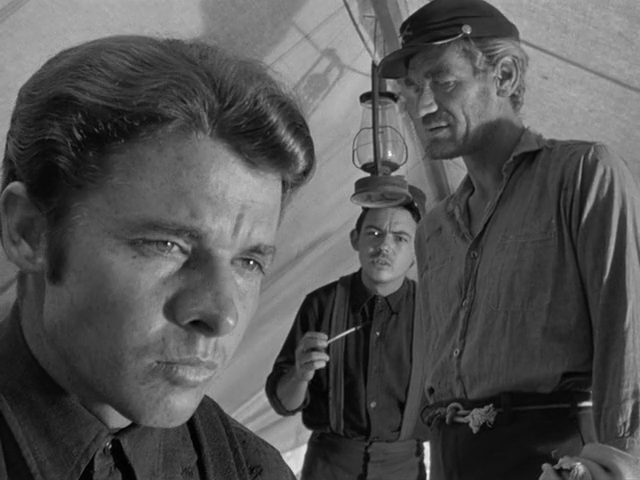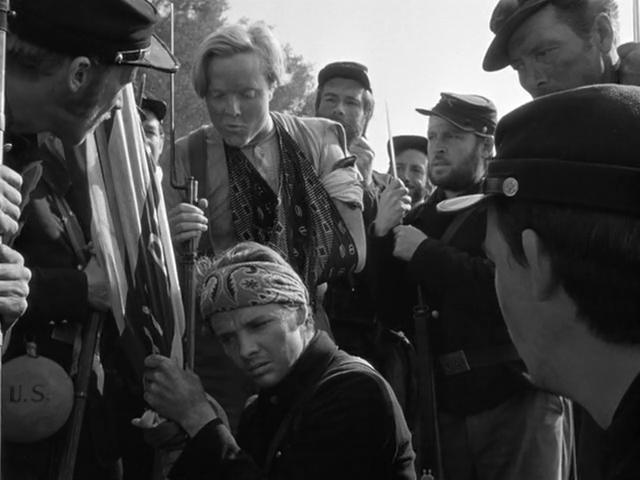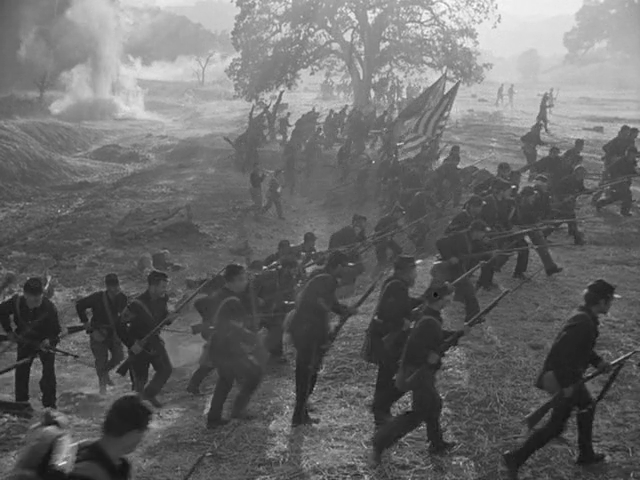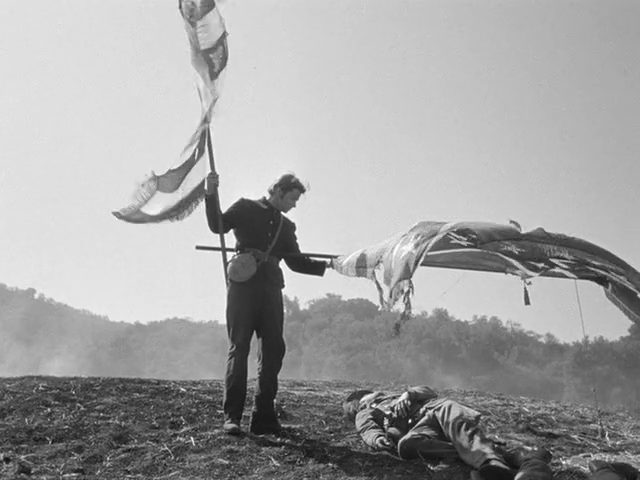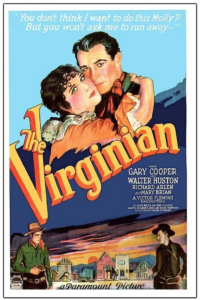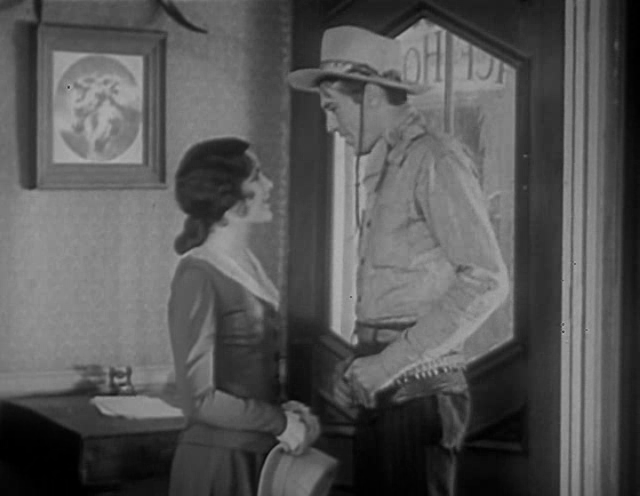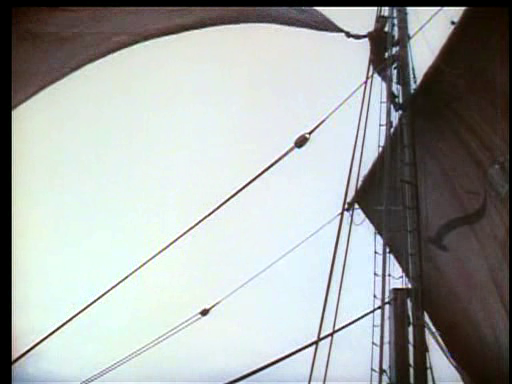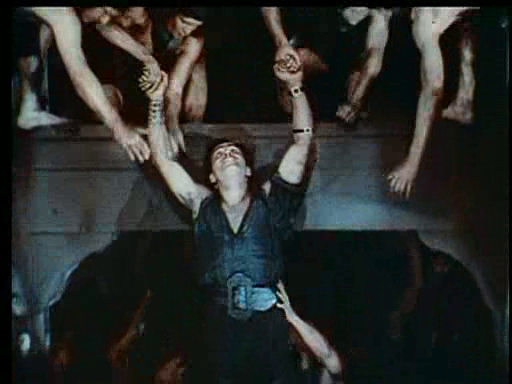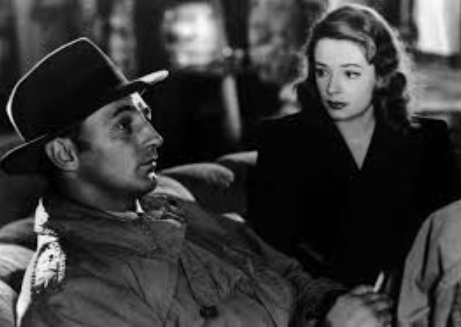
Hello, fellow film fanatics!
I’ve had a few requests over the years to tally my votes for whether each of the titles in Peary’s GFTFF is must-see or not (in my opinion), and I’m now a little closer to that.
If you click on this page — named “Chronological Listing of Peary’s Titles – With Votes!” on the Navigation bar — you’ll see all of Peary’s titles from both the front and back of his book in one meta-list, arranged chronologically from 1914 to 1987, with hyperlinks to my own reviews when available — as well as my votes.
YES is in obnoxious red, just to make it super-obvious. (Currently I count 1,409 out of 2,967 titles, or 30.3%, as YES.)
As a reminder, my “Yes” or “No” vote on a title — like for Peary — doesn’t necessarily indicate whether I think a film is amazing… or awful… or somewhere in between. It’s simply my best attempt to indicate whether I think film fanatics of all ages and stripes would benefit from checking it out at some point in their movie-watching career. With that said, there are a ton of “No” votes on my site that I actually think are worthy viewing — just not essential. For instance, often I’ll recommend a film as “worth checking out” if you happen to like a particular actor or director or style…
While there will always be some movies that are indisputably must-see for EVERYONE, in many other cases it’s much less cut-and-dry. Should all film fanatics be familiar with every title that’s been given a Best Picture Academy Award, for instance? You might think so, but … I don’t. I have actually voted No to a few Best Picture Winners (and full admission that I was deeply disappointed in this year’s selection of Nomadland — an okay but flawed indie film that is worth a look if you’re curious, but simply doesn’t cut it as Best Picture material).
However — who’s to say, really? Peary notoriously had his say in Alternate Oscars (which I love citing from), though some of his own selections are pretty questionable… And just because I happen to loathe My Fair Lady (1964) doesn’t mean everyone feels that way; clearly, many don’t.
Back to my new list: by arranging all of Peary’s titles in chronological order, I’ve attempted to get a better sense of the arc of movies he’s recommending (with an abrupt end somewhere in 1987). There are only 12 titles listed from the 1910s (six of which I consider must-see so far) and 138 from the 1920s, but a whopping 673 from the 1950s! Meanwhile, since Peary was so intentional about including foreign titles in his GFTFF, we can somewhat see the range of world cinema over the years — albeit limited to titles that were available to American audiences when he published his book, and certainly not all-inclusive.
At any rate, chronological order remains just one way to try to make sense of cinema over the ages; other schemes I’ve been offering on this site for many years now include categorizing by actor, by director, by genre, and by topic or theme — and of course, simply by those titles reviewed in the front of his book, and those listed in the back.
Regardless of how you choose to peruse your GFTFF titles, I hope you enjoy looking over this new list and seeing how many votes you agree with — or not! (The debate continues… ’twas ever thus.)
– Sylvia (FilmFanatic)
P.S. If you’re a hardcore film fanatic, I would argue you should instantly know which film the still I’ve included up on top of this post is from — but just in case you need a reminder, click here.
